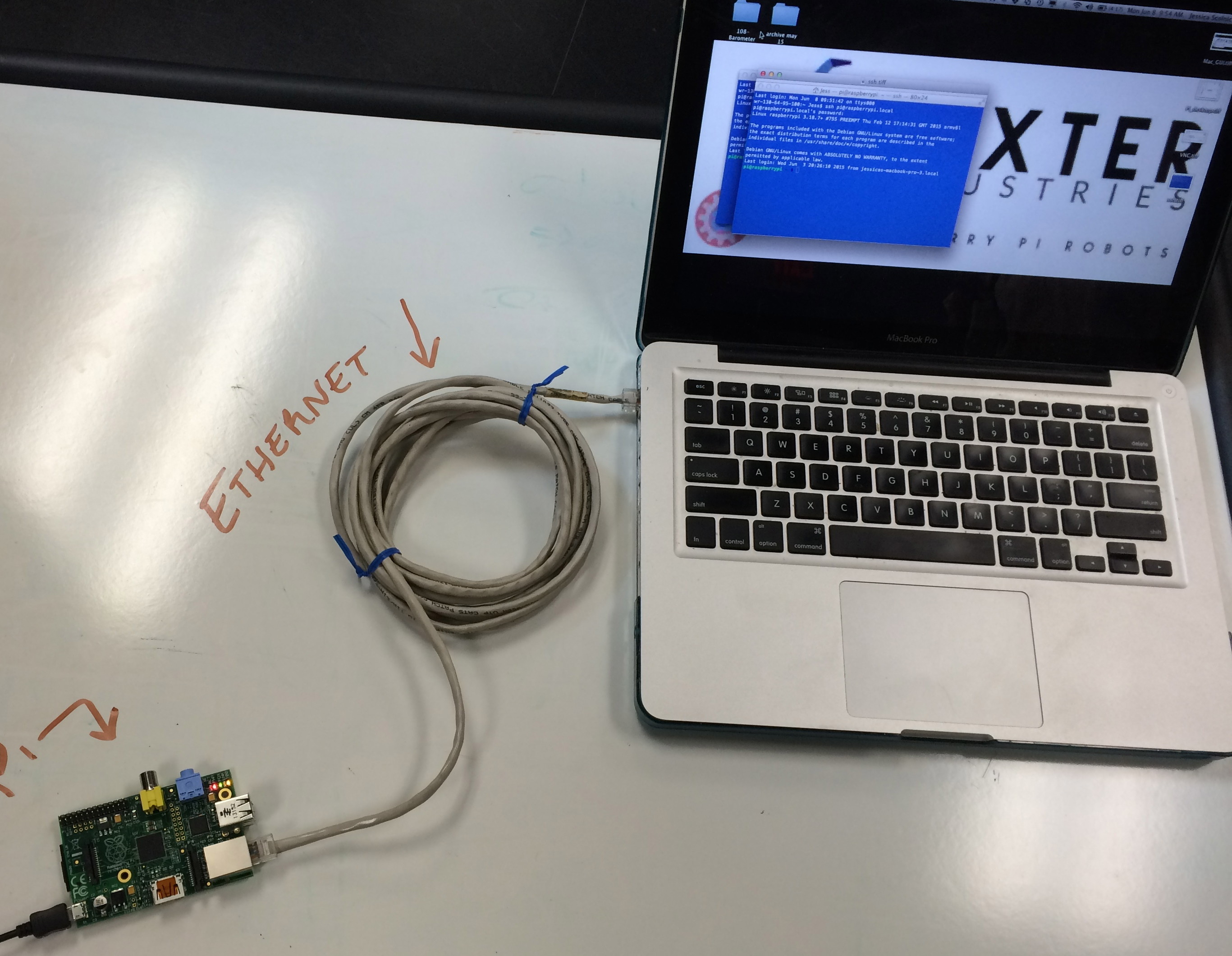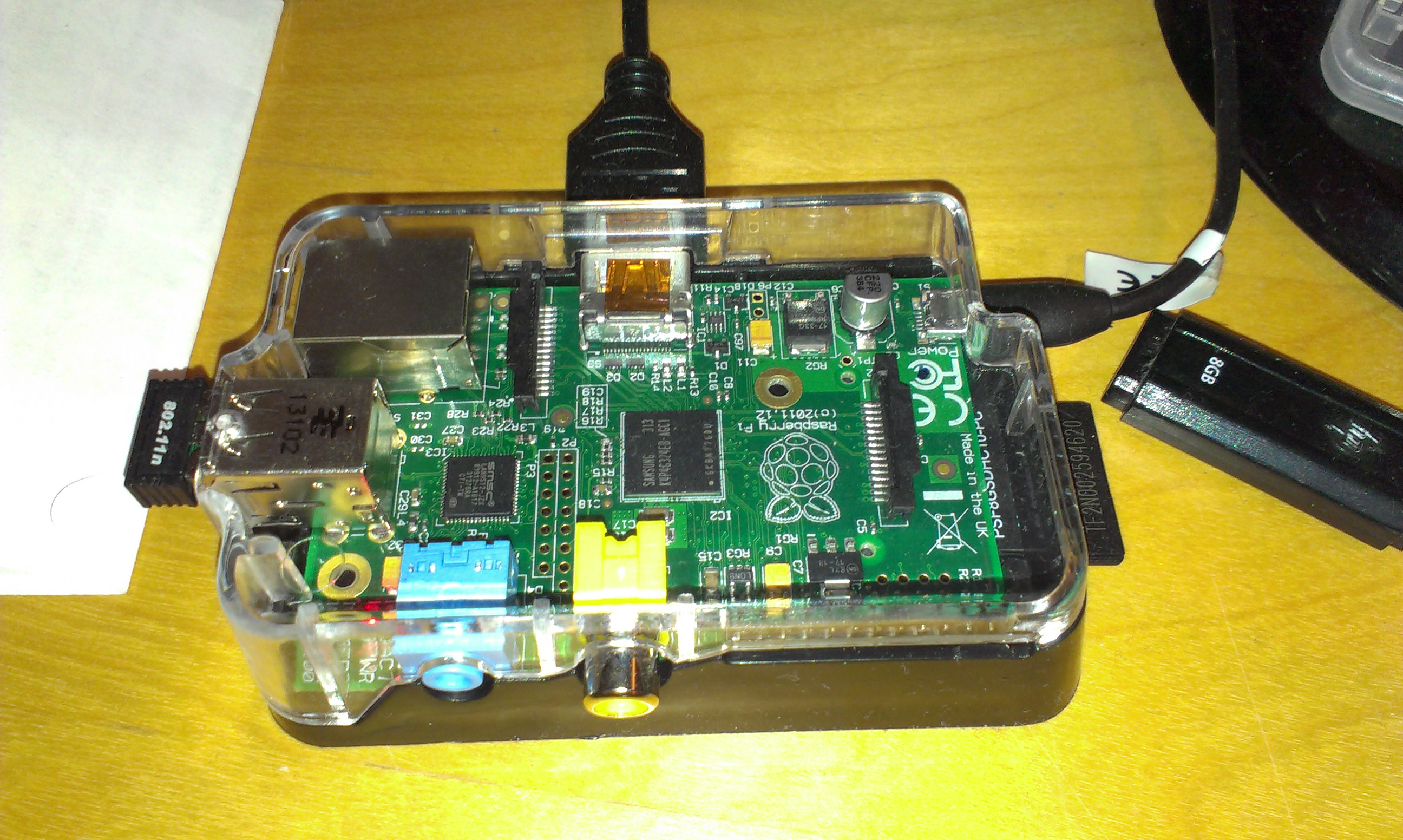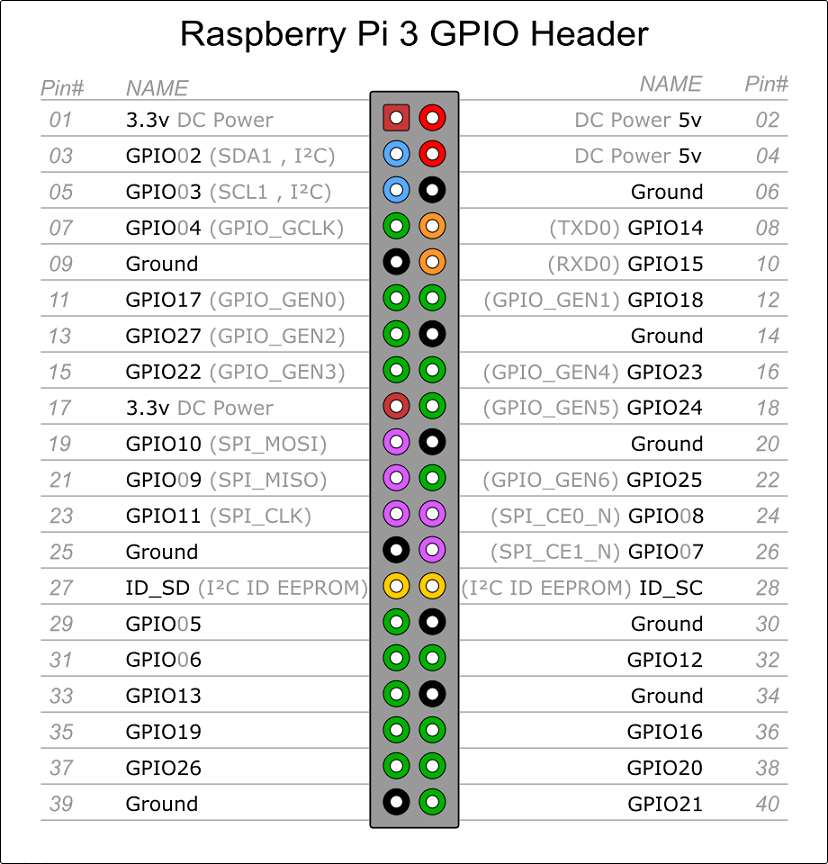

- Install vnc connect raspberry pi how to#
- Install vnc connect raspberry pi install#
- Install vnc connect raspberry pi software#
- Install vnc connect raspberry pi password#
Install vnc connect raspberry pi password#
This is the password that you use when connecting remotely. The first time you run the server it will prompt you to set a password.
Install vnc connect raspberry pi install#
Sudo apt install tightvncserver Start server and configure a password
Install vnc connect raspberry pi software#
Install the server software from the repositories: This is particularly important if you have just installed the operating system as the repository information may be incomplete. Install the TightVNC server softwareįirst refresh the software repository information using the client can be RealVNC when the server is TightVNC), but some features may only work when the same client and server are used. The server and client do not have to be the same (eg. The server software runs on the host to be accessed, and client software runs on the local machine that wishes to control the host. VNC follows the traditional client sever model. I have chosen to use TightVNC because it is free open source software (GPL2), provides compression to allow it to work over a slow network (Internet) and is readily available in the software repositories. There are several software projects that support VNC.

If this is used in combination with the guide to running the Raspberry Pi headless with Debian Linux then it can be used to setup a Raspberry Pi for remote access without ever needing to connect it to a monitor. Some other distributions use different software install tools and possibly different init setup tools. Ubuntu) which uses Systemd start-up files. It should be similar for any other Debian based distribution (eg.
Install vnc connect raspberry pi how to#
The following are instructions on how to configure this on the Raspberry Pi (Debian based distribution). Installing a start-up script using Systemd This includes running the Raspbian Desktop image on a PC as that does not included the commercial software. Real VNC is free to use for personal use on the Raspberry Pi, but does have restrictions if you want to do other things with it which may require a commercial license. Real VNC is a commercial version of VNC and needs to be licensed. As such it has no restrictions on use and you can view and modify the source code. For example you could use it so that you can have a status display on the main screen (via HDMI) with a different display used for the configuration which is displayed on a laptop.Īnother advantage of TightVNC is that it is FREE open source software. TightVNC is useful if you want to run something different to what is on the main screen. In this case when you move the mouse, or launch an application it displays the same output on a physically attached screen (normally HDMI) and on a remote client over the network. When most people think of a remote desktop tool then they usually think of the way that RealVNC operates. This differs from RealVNC which normally usually echos the default screen. The TightVNC server creates a different virtual window which is replicated on a different machine using the TightVNC client. Short of a very long cable one of the best ways of doing this is using the VNC protocol (Virtual Network Computing). The command line is a great way to manage a remote Linux computer if you don't mind typing in commands, but sometimes you need to be able to view a GUI. If you would prefer to use RealVNC then it is easily enabled through the raspi-config tool, this guide will be useful for those wanting to understand about creating other applications to run on start-up through systemd.

The latest version of Raspbian now includes the RealVNC which is an alternative remote desktop tool. This is a guide to installing TightVNC on the Raspberry Pi. Remote GUI access to a Linux computer using Tightvnc with systemd


 0 kommentar(er)
0 kommentar(er)
